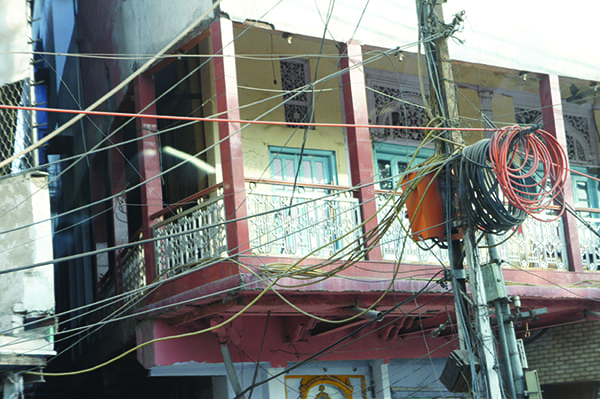
Maintaining a reliable supply of power in Delhi, India, has been a major issue for the area as local demand for electricity continues to increase. The city in June repeatedly…
Implications of smart grid development, projects, and policies for the power industry

Maintaining a reliable supply of power in Delhi, India, has been a major issue for the area as local demand for electricity continues to increase. The city in June repeatedly…
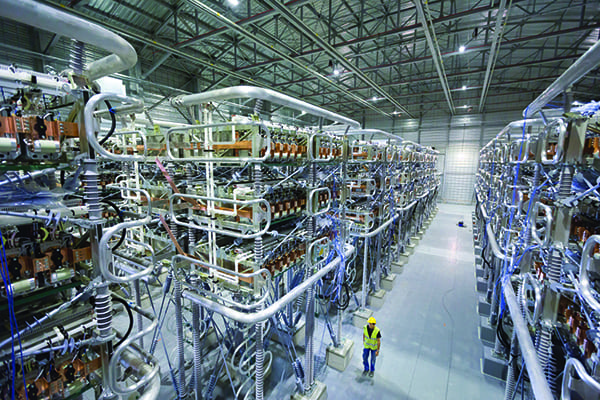
High-voltage direct current (HVDC) technology offers several advantages compared to alternating current transmission systems. For example, it allows more efficient bulk power transfer over long distances. However, cost is an…
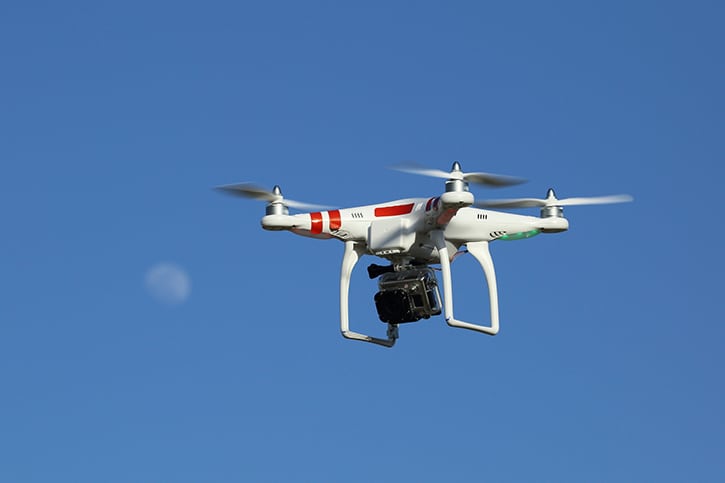
Across the country, energy and utility companies are adopting and using drone technology to increase their business operations and improve overall safety of their workforces. Many companies are also discussing…

Germany is often touted as a leader in the global energy transition. Energiewende has been part of the country’s public discourse since the 1970s, stemming from an anti-nuclear movement prevalent…
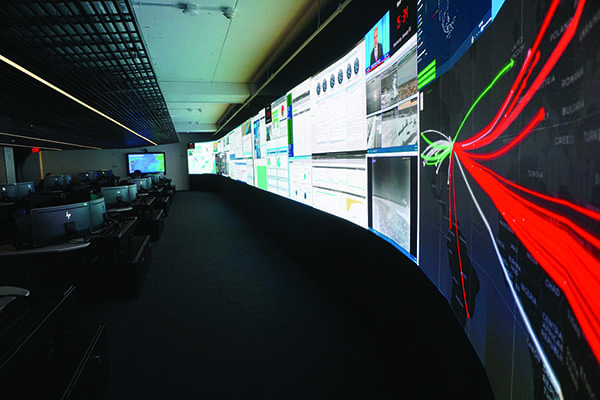
The New York Power Authority’s Integrated Smart Operations Center (iSOC) is the first step in the public power utility’s goal to become the first end-to-end digital electricity system. And it’s…
First-of-their-kind ultracapacitor subsystems address the power gap caused by increasing renewable energy generation SAN DIEGO, June 27, 2018 /PRNewswire/ -- Maxwell Technologies, Inc. (Nasdaq: MXWL), a leading developer and manufacturer…

POWER has been reporting for many years on changes taking place in the power generation mix around the globe. Renewable energy, such as wind and solar generation, has been growing…
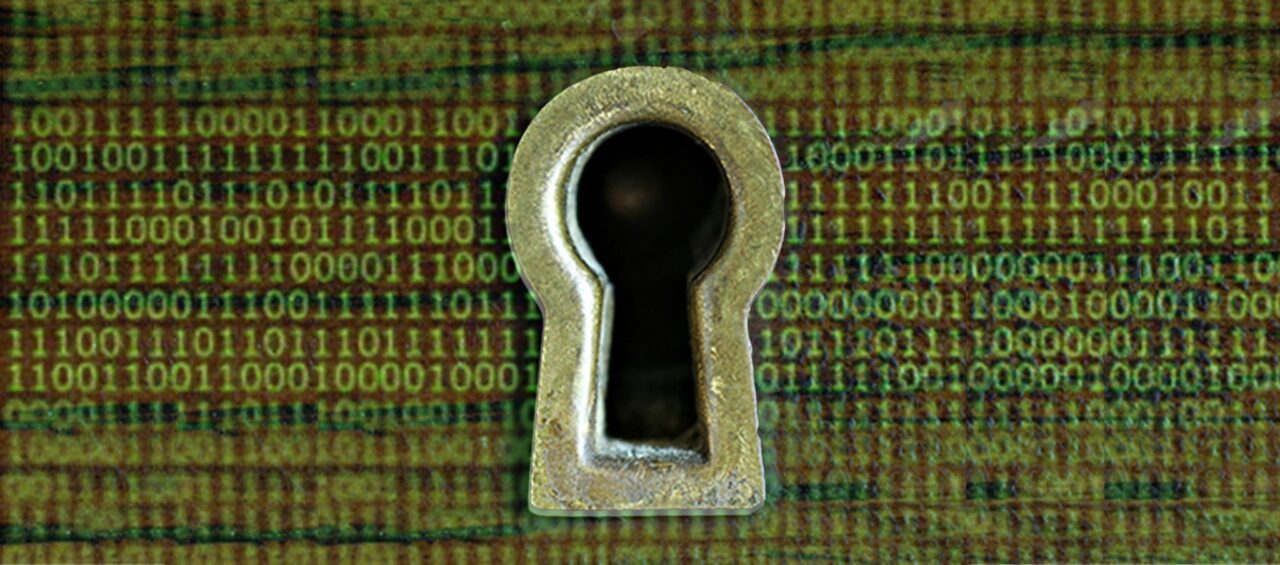
Cybersecurity threats are outpacing the energy sector’s “best defenses,” and costs of preventing and responding to cyber incidents are straining company efforts to protect critical infrastructure, the Department of Energy…

The traditional electricity grid is being transformed, as more businesses look to control their costs by producing their own power. A need for reliable backup power, the push for more…
![Distributed Energy Systems Are Reliable Solutions [PODCAST]](https://www.powermag.com/wp-content/uploads/2017/09/power-podcast-art-final.jpeg)
More and more people are finding distributed energy solutions are the answer for their power resource challenges. Distributed energy comes in many forms. Renewables such as solar and wind are…